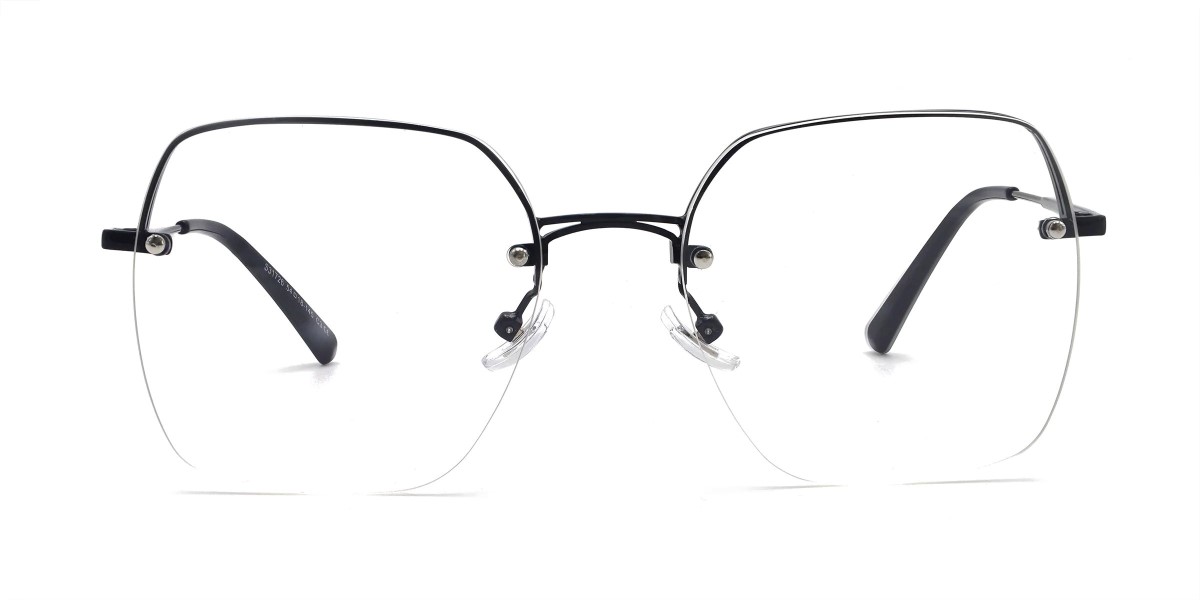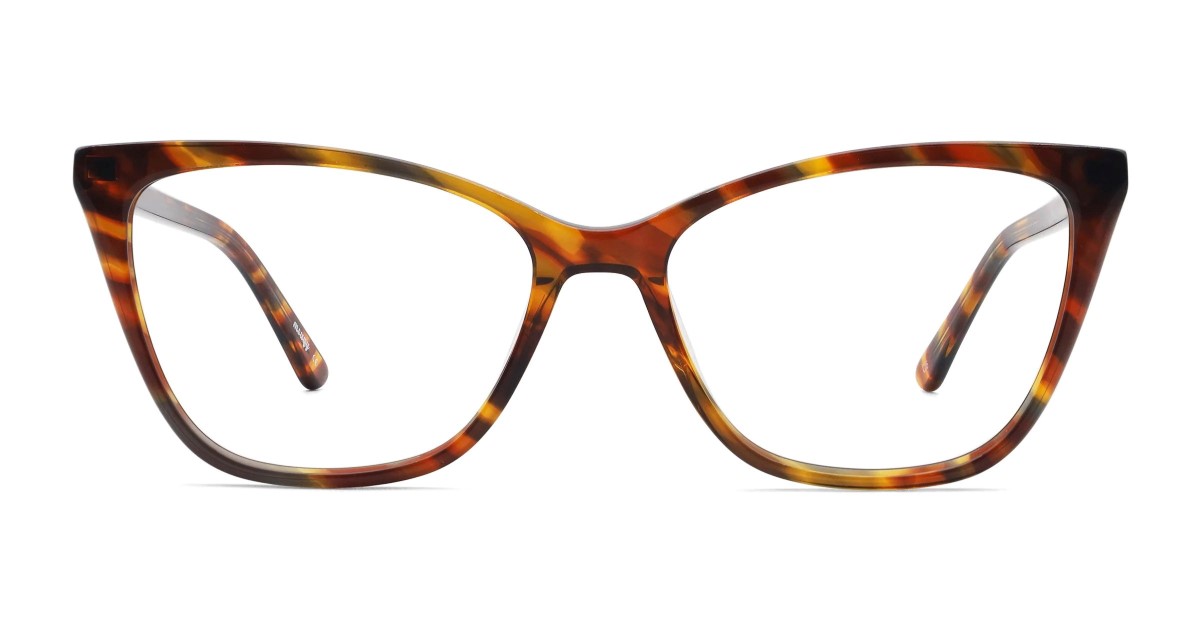Age-Related Farsightedness: Everything You Need to Know
Many of us — if we aren’t already — have a chance of experiencing vision problems such as farsightedness during our lifetime. In fact – it can happen at any age.
This can lead to all sorts of problems that affect our everyday life, and can overall adversely impact our quality of life in the long run.
But don’t worry, because like everything else, knowledge is power when it comes to managing age-related farsightedness. Here’s everything you need to know about it.
What is age-related farsightedness?
Age-related farsightedness, or presbyopia, is the loss of our eyes’ ability to focus on near objects as we age. As we age, our lenses stiffen, making it a lot harder to focus on something up close.
Usually, people begin to develop this issue after the age of 45. If you do, you’ll start having trouble seeing small print clearly — including text messages on your phone. Researchers estimate that around 2 billion people around the world have this refractive error.
Unfortunately, there’s no way around it even if you’ve never had a vision problem before. Those who are already nearsighted may not be spared from it either, as they may find that they get blurry vision even when they wear their nearsighted glasses or contact lenses that correct their distance vision.
However, you can continue to see comfortably and clearly for a long time if you understand and take care of your eyes. Scheduling regular eye exams also goes a long way towards maintaining eye health.
What are the symptoms of presbyopia?
Apart from increased difficulty in focusing on nearer objects, you may find that you’ve become more sensitive to dim lighting. While it may feel like all the changes are happening all at once, presbyopia actually develops gradually as we get older. The following are some of the symptoms to look out for:
- The need for more light when reading.
- Blurred vision at a normal reading distance.
- Tendency to hold reading material at arm’s length.
- Trouble reading small text.
- Headaches and/or eyestrain from doing close work.
Risk factors for presbyopia
While the main risk factor for presbyopia is age, there are some drugs and certain disorders that could cause it to develop earlier. When it does, it’s called premature presbyopia.
If you are below 45 and experiencing the symptoms above, you might be having a separate eye or health issue, in which case you should schedule a doctor’s visit ASAP.
The following are some of the risk factors for presbyopia:
- Farsightedness (hyperopia)If you have hyperopia, your risk of getting premature presbyopia is higher. These two are often mistaken as the same thing, but presbyopia occurs when your eye’s lens loses flexibility while hyperopia occurs when your eyeball is too short.
- AgeAs the years go by, your eye’s lens loses flexibility and our eye muscles also weaken in their ability to change the shape of our lens to focus on near objects or words.
- DiseasesNumerous diseases such as diabetes, dysautonomia, and multiple sclerosis can increase your risk of developing presbyopia.
- DrugsCertain drugs can also affect your ocular health. Taking too much of a certain drug can highly increase your chances of developing presbyopia.
- History of head traumaIncurring head trauma can also increase one’s risk of presbyopia. The reason why this happens is that the brain processes information that’s related to your vision. This is also the same reason why you’d want to see a doctor as soon as possible after suffering a concussion or head injury.
If you have suffered any form of head trauma in the past, make sure to let your eye doctor know about this.
How to manage age-related farsightedness
While presbyopia is technically irreversible, there is a wide variety of options to correct your vision. Before proceeding with any of them, it is highly encouraged to discuss them with your optometrist or ophthalmologist.
Depending on factors such as health and lifestyle, your eye care provider might suggest the following:
Eyeglasses
The following are the types of glasses for correcting age-related farsightedness:
- Prescription reading glassesIn some cases, reading glasses may be all you need. Take note that you should only wear them for close-up work such as reading. If this is you, you’re in luck as we have a diverse selection of reading glasses to fit every aesthetic. In case you need help narrowing down options, here are some of our personal favorites.
- BifocalsBifocals serve two functions in one lens by correcting the wearer’s near and distant vision. The upper part of the lens contains the distance prescription and the smaller part or lower portion of the lens helps you see things up close.
- Trifocals and progressivesTrifocals and progressives are multifocal lenses. Similar to bifocals, they help you see things from a distance but also include prescriptions for near and intermediate vision.
Contact lenses
Contact lenses may be more your speed for convenience or aesthetic reasons or both. Here are the three main types available.
- Bifocal:Like the ones for glasses, bifocal lenses help you see up close and from afar. They are also available as soft or hard lenses.
- Multifocal:These work like progressive lenses in the sense that they have a more gradual transition from your prescription for near vision to the one for distance vision. They are also made with a prescription for intermediate vision.
- Monovision:In a pair of monovision lenses, one lens helps one eye see objects at a distance while the other helps the other eye see things up close. It might take around a week or two for your brain to adjust to this method of seeing.
If you’re weighing contact lenses versus glasses, we’ve got just the thing to answer your questions.
Surgery
If the thought of wearing glasses or keeping contact lenses clean feels troublesome to you, surgery may be the most appealing option, albeit also the most expensive.
Here are some presbyopia-correcting laser procedures.
- LASIK:LASIK or laser in-situ keratomileusis is a popular surgical approach that is used to correct numerous vision issues. This includes people who are farsighted, nearsighted or have astigmatism.
- PRK:PRK or photorefractive keratectomy is suitable for those who have moderate to high farsightedness, nearsightedness, and/or astigmatism. This procedure is slightly shorter and simpler than LASIK as it requires the removal of less corneal tissue.
- RLE:There are times when some people are better suited for procedures that need the removal of the natural lenses. Their natural lenses might be cloudy or they have a hard time focusing on light and images. Refractive lens exchange, or RLE, is a technique similar to cataract surgery. All forms of vision correction can be achieved through the use of different types of implants such as intraocular lenses (IOLs).
- Corneal inlays:While this is one of the newer surgeries and isn’t as common, it’s still very effective and even has a success rate of above 90%. It is performed by an ophthalmologist and involves inserting a small plastic ring into your cornea so you can see clearly up close and from afar.
Ways to prevent age-related farsightedness
Treatment options aside, there are proven measures that can be taken to improve your eye health and slow down the deterioration of eyesight over time.
Doing so may also lower the risk of you developing other serious eye problems such as age-related macular degeneration (AMD).
The following are some tips you may incorporate into your lifestyle:
- Use adequate lighting to reduce eyestrain.
- Schedule regular eye exams. (P.S. This will help your eye care provider detect early symptoms of eye diseases.)
- Consume a healthy and balanced diet that contains fruits and vegetables.
- Stop smoking and limit your alcohol intake.
- Stay hydrated by drinking enough water.
- Exercise regularly.
- Wear protective glasses such as sunglasses to protect your eyes from UV rays.
Of course, there’s plenty more that can be done, and you can find them all here.
Plenty of ways to manage age-related farsightedness
Even if we are born with 20/20 vision, it normally doesn’t last forever due to aging and other factors.
The good news is, there are lots of ways to prevent, slow down the progression of, and even correct any vision issues that may come your way, like age-related farsightedness.
For more info like this, stay tuned to Mouqy’s blog. You can also find lifestyle tips and tricks and celebrity style guides, just to name a few.

Written by:
Shu Kie












